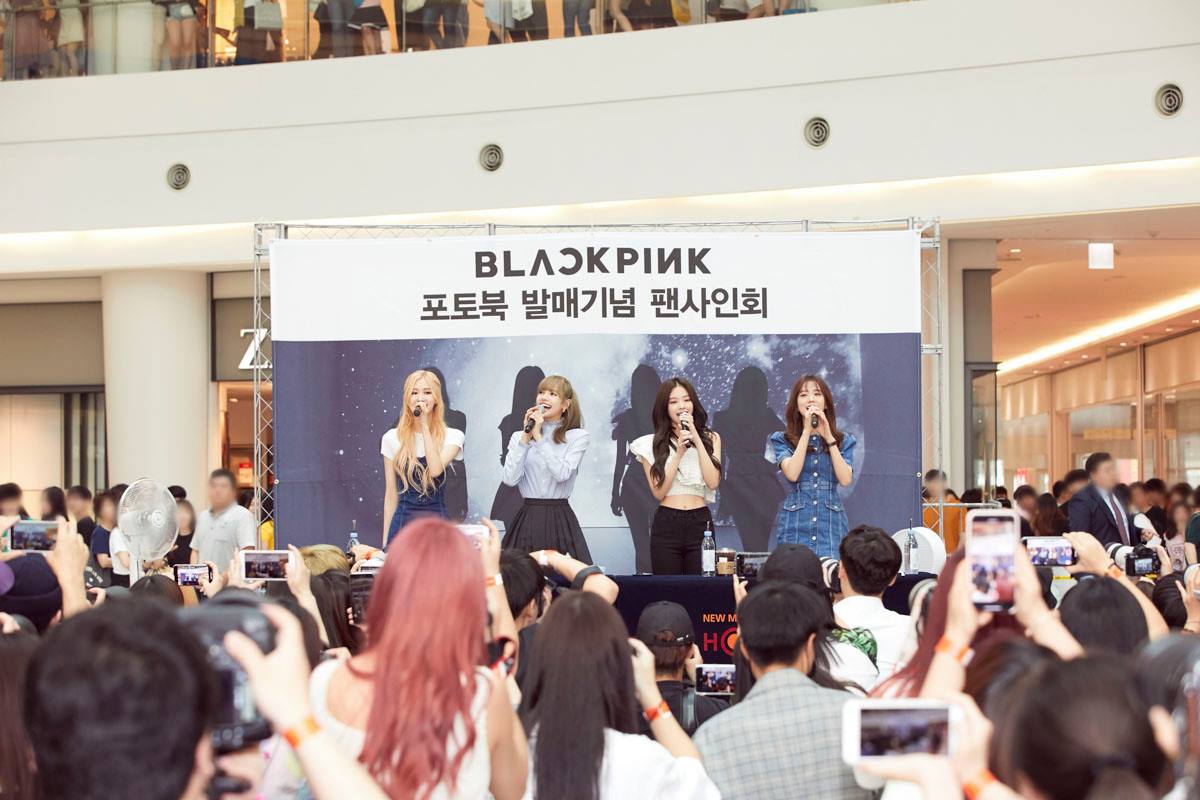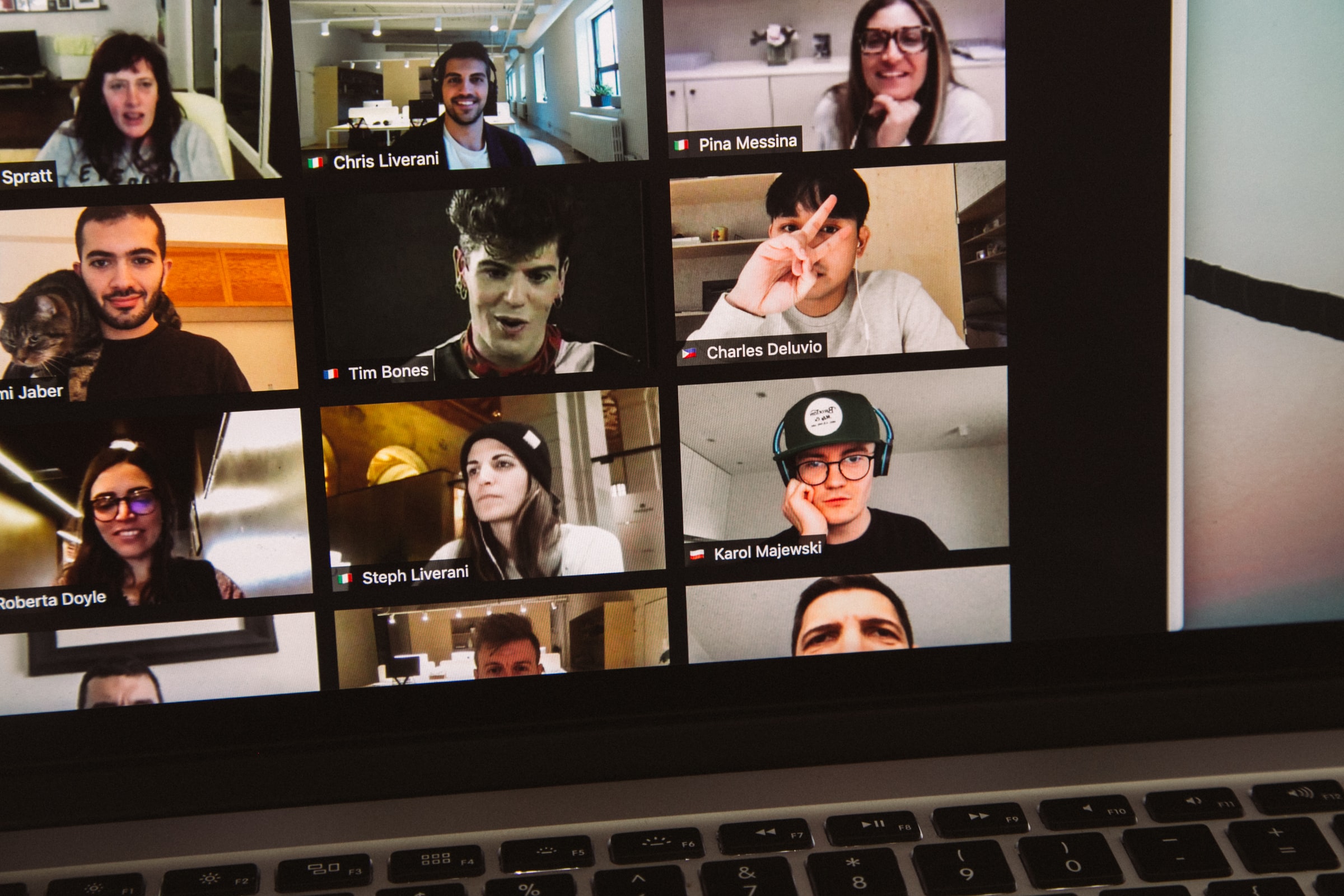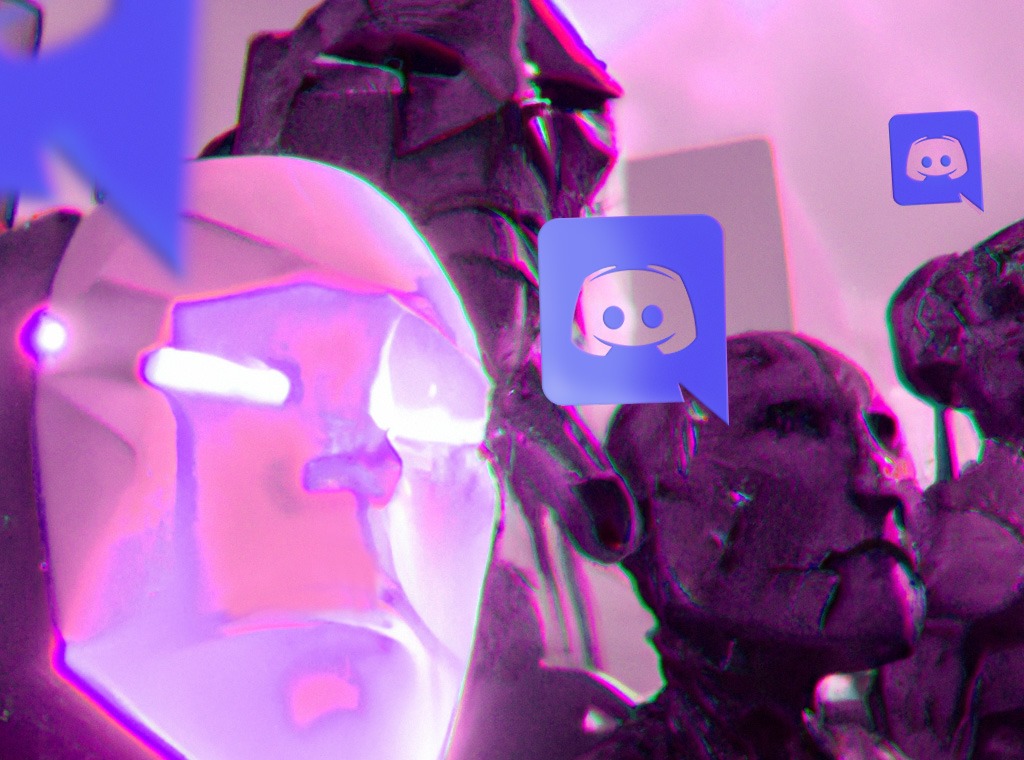How To Really Engage With Fans: 5 Underrated Fan Engagement Tools

Fan engagement can feel like a chore: updating your socials to stay top of mind so that fans check out your latest releases or buy tickets to upcoming shows. It can almost feel like doing admin, especially when contrasted with gigs where you’re doing what you love & fans enjoy it too. Keeping fans engaged doesn’t have to be tedious though and you can get a lot more out of it than you already are… and so can fans.
What do *YOU* get out of it?
Many artists unnecessarily separate themselves from their fan community. The music business has a historical division of artist / fanbase that stems from the time when we’d still communicate through channels: doing magazine interviews to communicate to fanbases, distributing CDs to shops who’d then sell to fans, music videos on TV channels, etc.
For over 2 decades, we’ve had ways to go more direct and our media world has gone from channels to networks. This has made it easier than ever to immerse yourself in your fan community, rather than broadcasting to it.
Benefits of that immersion and having more direct conversations include:
- A more committed fanbase who feel like they can really connect with you.
- A fan community that learns to talk to each other, so not everything depends on you to keep the conversation going.
- Better insights into the people that make up your fanbase, which can help with the identification of new business models like membership plans, or even just special types of merch.
- A stronger feeling of purpose: these are your people and they love what you do.
Achieving this is surprisingly simple: you’re already familiar with the tools.

6 Useful Fan Engagement Tools
1 on 1: Zoom, Google Meet, FaceTime
Try to make some time weekly to have direct conversations with people who like your music. If you’re worried that you won’t know what to talk about: set it up like an interview and write down some questions that will help you understand better who your fans are and how they connect with your music. What else do they listen to? Are they creatives themselves? What art do they associate with your music? Where do they find out about new music? Do they buy merch? What type of styles are they into?
Group: video conferencing
Set up calls that multiple fans can join. Instead of interviewing, present topics like statements to agree or disagree with so that they have a way to discuss topics together. If your music is story-driven, perhaps give people a chance to tell and express their own stories. Bonus: you could preview new music & get feedback.
Streaming conversations with Twitch & Discord
Once you have something regular going and understand the dynamics, you could also add this as a component to your livestreams. Not everyone will want to engage directly, but they might enjoy hearing from you & your fan community. Use Discord to make a voice or video channel, bring your fans in and then stream it out to Twitch or other livestreaming platforms. It’s a great way to create an incentive for people to join you on Discord.

Discord
The past year has provided plenty of introspective moments for all of us. For many, not seeing the same people on a daily basis has left us contemplating our sense of belonging. Belonging is taking on new forms – some of which are digital. You can set up a community for people to connect with each other and maybe just check in with everyone once a day. If you’ve been having regular conversations with people, you’ll know what types of topics are hot and can be used to create new connections between people.
Keep in mind: if the server feels dead, people don’t come back… Especially initially, activity is going to depend on you and your closest crew. Be prepared to put in the work to keep things lively.
Instagram Broadcast Channels
Create a backstage fan chat room on Instagram. Add engaged people to it. This way you change the relationship from one-to-many (you broadcasting to a base) to many-to-many (that base being able to talk & follow each other). If it works out well, you don’t even have to engage that directly – you can just listen in and learn about your fan community, reaping all the benefits described above.
Set your goals first, pick your tools second
Think about your goals first and keep asking why until you’ve drilled down to the core. Is your goal to create a fan community? Ask yourself why. Your fan community is a method to answer that why. Maybe it’s because you just think it will be fun to hang out with fans: then make that your goal. Building a fan community is abstract. “Having fun hanging out with fans” is more tangible, because you can define these aspects: what do you find fun? What might that look like? Which fans? How often? Where?
Questioning your own goals is so important, because we tend to copy & paste success models we see elsewhere, without really understanding how they work or having any insight into whether they’ll work for ourselves or our community. To run with the example: building a fan community might mean setting up a Discord server, because that’s what you’ve seen other people do… but Discord might not be the best place to gather for your fans, especially if your fans are not Gen Z or young millennials.
Once you get to know and understand more of your fans, you can start answering that why not just from your own perspective, but also from their perspectives.
It’s at that intersection where fan engagement thrives.






